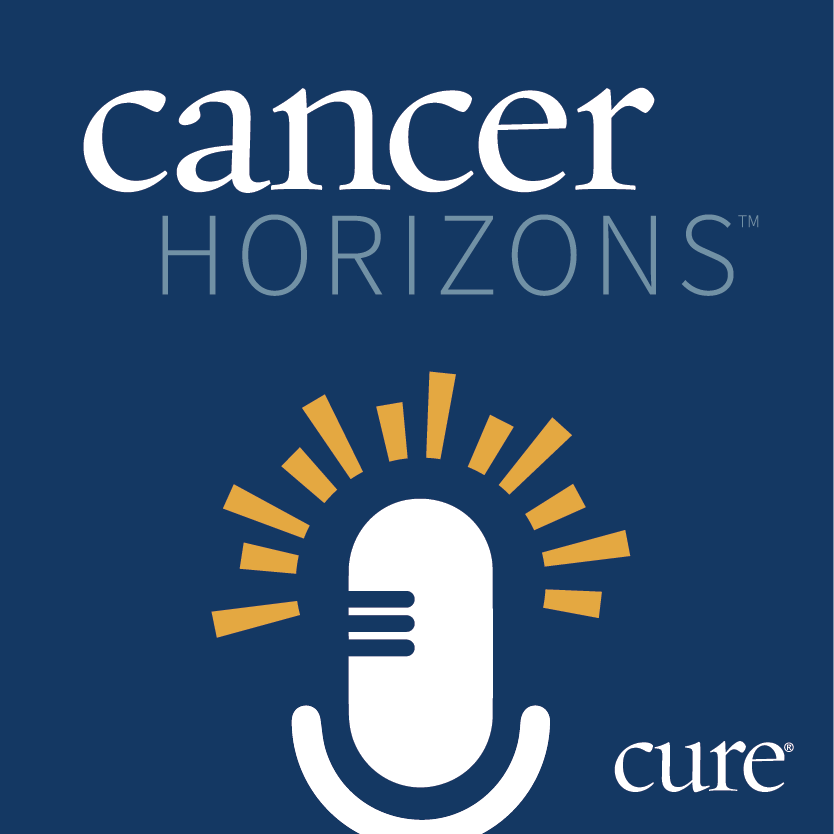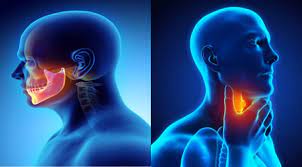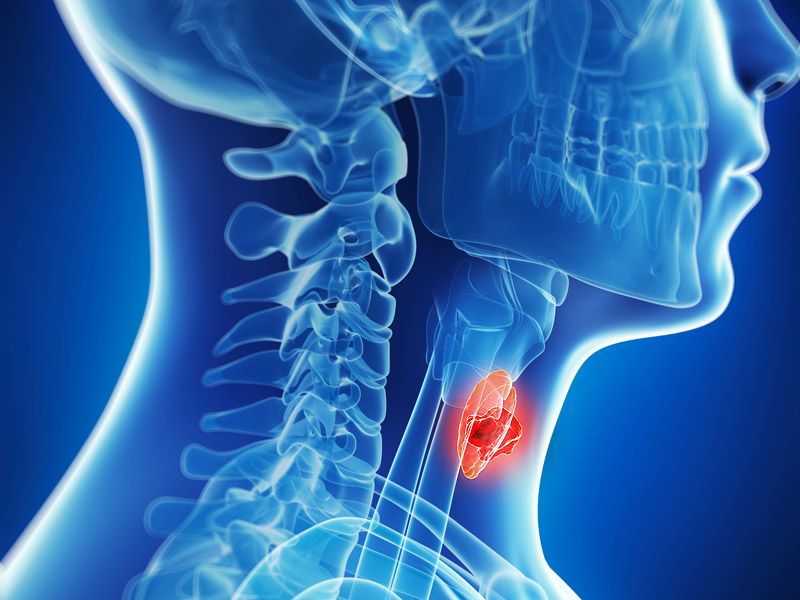News
Article
Breaking Down Treatment Options for Patients With Head and Neck Cancer
Key Takeaways
- Head and neck cancer symptoms vary by tumor location, often presenting as a neck lump or voice changes.
- Smoking and HPV are major risk factors; cessation and vaccination are crucial preventive measures.
Dr. Lillian L. Siu discussed potential risk factors and treatment strategies associated for patients with head and neck cancer.
Dr. Lillian L. Siu discussed potential risk factors and treatment strategies associated for patients with head and neck cancer: © stockadobe

In observation of Head and Neck Cancer Awareness Month in April, CURE spoke with Dr. Lillian L. Siu — a senior medical oncologist and clinical lead for the Tumor Immunotherapy Program at the Princess Margaret Cancer Centre in Toronto, Ontario — about the signs and symptoms of the disease. She also detailed potential risk factors, as well as treatment options available for patients within this population.
Additionally, Siu serves as the director of the Phase I Program and co-director of the Bras and Family Drug Development Program at the Princess Margaret Cancer Centre, where she also holds the BMO Chair in Precision Genomics. She is also a professor of medicine at the University of Toronto.
CURE: What are the early signs and symptoms of head and neck cancer?
Siu: This is a complex disease because head and neck cancer covers many anatomical sites, all the way from the oral cavity — from the front to the back — which is what we call the oropharynx, including areas like the tonsils, the base of the tongue and the bottom of the tongue. Then, you go further down into the larynx, which is our voice box, and even to what we call the hypopharynx, near the top of our esophagus.
All of that is part of the head and neck. Therefore, the symptoms vary quite a bit depending on where exactly the tumor starts. Generally, many of these patients present with a lump in the neck because the primary tumor has spread to the regional lymph nodes. Patients, while shaving or feeling their neck, notice a lump, and that is very often how they present.
Now, of course, if they have a tumor in the tongue, they may feel an abnormality, or their dentist may pick up something because they saw something during a dental checkup. If the tumor is in the larynx, they can present with hoarseness or changes in the quality of their voice. Therefore, it really depends on the site where it started.
How do risk factors such as smoking or alcohol use contribute to the development of head and neck cancers, and what steps can patients take to lower their risk?
For years, smoking has been implicated as the main cause of many cancers, not just head and neck but also lung cancer and other cancers of the body. So, smoking is definitely a causative factor for head and neck cancer, and it adds risk because the more you smoke, the higher the risk becomes. For example, someone who smokes for 20 years at a pack a day has a certain risk, while someone who smoked two packs a day for 50 years has a much higher risk.
So, how can we reduce the risk? Of course, for smokers, smoking cessation is key. Stopping smoking is the best way to reduce the risk, and it's never too late, in our opinion as oncologists, to quit.
Another risk factor is the human papillomavirus (HPV), which is also a risk factor for the development of head and neck cancer. This is the same virus that can cause cervical cancer in women. As we all know, a vaccine is available to vaccinate boys and girls before they become sexually active — typically much earlier in their childhood — to prevent the risk of getting infected by the HPV virus. Many of us are exposed to the HPV virus. Thankfully, very few develop head and neck or cervical cancer, but certainly, vaccination is one good way to prevent the risk of getting HPV-related cancers.
Other factors play a role, but certainly not as strong a role as smoking or HPV. Those two are the most important risk factors for the development of head and neck cancer, and a patient can be HPV-positive in their tumor and a smoker at the same time, so they are not mutually exclusive.
For patients that do ultimately develop head and neck cancer, what treatment options are available for them? How do you determine the best approach for each patient?
It really depends on the location where the cancer started. For a tumor that started in the oral cavity, in the tongue, the primary treatment tends to be surgery first, provided it's not going to be disfiguring or cause significant dysfunction, so that they can still maintain their speech and swallowing. After surgery, patients would then have what we call adjuvant radiation or chemoradiation to ensure there is no local or regional spread of their cancer.
For other body parts, such as the back of the throat, and also in the larynx and hypopharynx (the top part of the esophagus), we tend to give radiation or chemoradiation upfront because we want to preserve the organs. We want patients to have a preserved voice and swallowing capability. So, we tend not to operate upfront in most situations to allow them to preserve their organs. That would be the most general way to classify the treatment.
Obviously, there are very standard practices, but every case may be different, and we do have multidisciplinary conferences to discuss each case to ensure that we all agree, as a multidisciplinary team, on how best to offer treatments to the patient to give them the best outcome possible.
What are some common side effects that patients may experience, and what strategies can they do to help manage them?
Between surgery, radiation, chemotherapy, and immunotherapy (using our own immune system to attack cancer), all these different treatment modalities have very different side effects. Surgery, for example, may obviously leave some scarring afterward. When we remove an important part of the head and neck area, there may be some impairment in terms of speech or swallowing, as I mentioned earlier.
Radiation can sometimes leave patients with dry mouth, sometimes fibrosis or scarring, and sometimes late toxicity of the radiation, such as osteonecrosis of the jaw, where the bone in the jaw can get into trouble in terms of necrosis or death, becoming very necrotic and requiring surgery for dental health.
Chemotherapy, specifically drugs like cisplatin that we typically use in this setting, can sometimes cause prolonged hearing loss over time and can affect the kidneys. If we also include immunotherapy, which is now becoming part of the treatment paradigm for head and neck cancer, it can also carry some risk in terms of immune side effects, where the immune system can attack itself, although this is very rare. So, it really depends on the treatment combinations a patient receives.
The side effects may or may not happen to everyone, and the short-term side effects tend to be reversible in many situations. Patients may develop toxicities such as weight loss or difficulties eating because they are getting radiation, but they'll often gain back their weight and recover. However, it's the long-term side effects that we have to address in the survivorship of these patients, such as dry mouth, difficulty swallowing, or other long-term toxicities like hearing loss. These are the more troublesome side effects that may have more lasting effects on their quality of life.
Transcript has been edited for clarity and conciseness.
For more news on cancer updates, research and education, don’t forget to subscribe to CURE®’s newsletters here.





